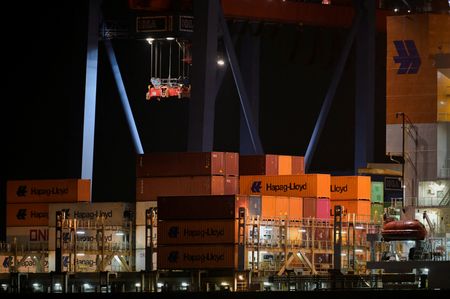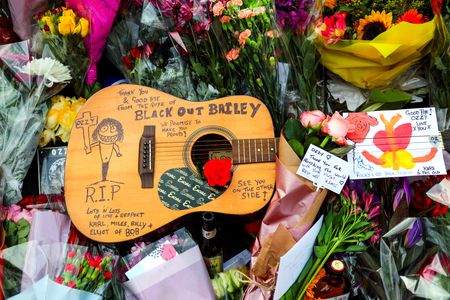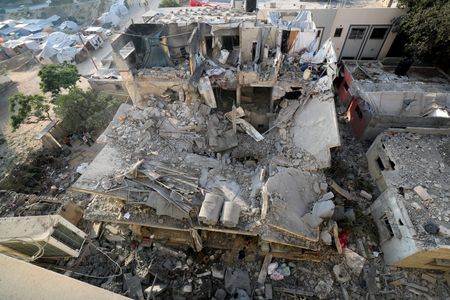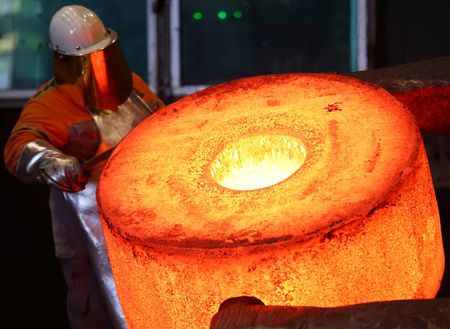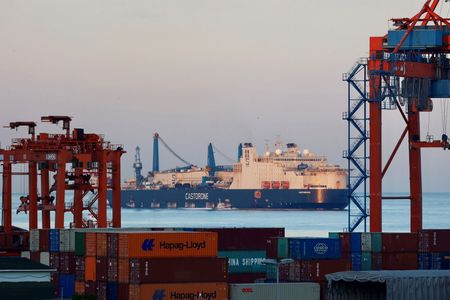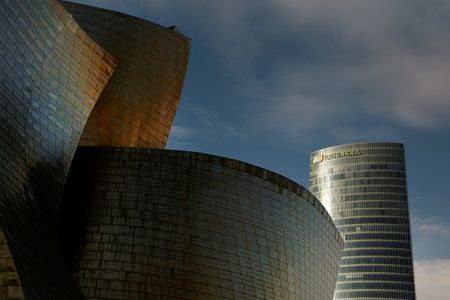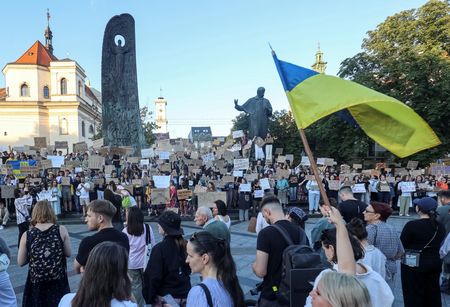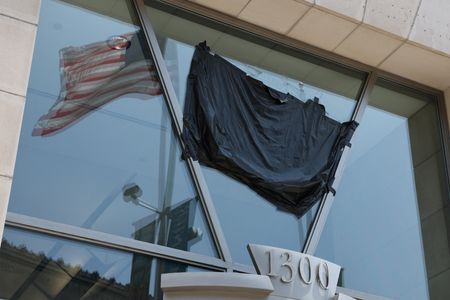By Andrew Osborn and Anastasiia Malenko
MOSCOW/KYIV (Reuters) -Russian forces are pushing hard to encircle the strategically important eastern Ukrainian city of Pokrovsk after capturing a string of villages to its south and east, and over 100,000 soldiers are trying to advance in the area, Kyiv says.
Following are key facts about Pokrovsk, which Russians call by its Soviet-era name of Krasnoarmeysk, and the long battle for its control which began in earnest last summer.
WHAT IS POKROVSK?
Pokrovsk is a road and rail hub in Ukraine’s eastern Donetsk region which had a pre-war population of some 60,000 people. Most people have now fled, all children have been evacuated and, according to Serhii Dobriak, the head of the city’s military administration, less than 1,500 residents remain.
It lies on a key road which has been used by the Ukrainian military to supply other embattled eastern outposts, including the towns of Chasiv Yar, which has long been consumed by fierce fighting, and Kostiantynivka in the Donetsk region.
Ukraine’s only mine that produces coking coal – used in its once vast steel industry – is around six miles (10 km) west of Pokrovsk. Ukrainian steelmaker Metinvest said in mid-January it had suspended the mine’s operations.
Since 2014, Pokrovsk has been the site of a major technical university, the largest and oldest such institution in the wider region. The university, now abandoned, has been damaged by shelling.
WHY DOES RUSSIA WANT POKROVSK?
Moscow says it has annexed Ukraine’s eastern Donetsk region and controls over 70% of the area’s territory. Kyiv and most Western countries reject Russia’s seizure of the territory as an illegal land grab.
Capturing Pokrovsk, dubbed “the gateway to Donetsk” by Russian media, and Kostiantynivka to its northeast which Russian forces are also trying to envelop, would give Moscow a platform to drive north towards the two biggest remaining Ukrainian-controlled cities in Donetsk – Kramatorsk and Sloviansk.
Control of Pokrovsk would allow Moscow to further disrupt Ukrainian supply lines along the eastern front and boost its long-running campaign to capture Chasiv Yar, which sits on higher ground offering potential control of a wider area.
Its capture would also give Russia more options to attack Ukraine’s Dnipropetrovsk region to the west, which is not one of the areas which Moscow has claimed but where it says it has already established a small foothold.
WHAT IS UKRAINE DOING TO DEFEND POKROVSK?
Ukraine’s top military commander, Oleksandr Syrskyi – who said in May that Ukraine had stalled the long grinding Russian offensive on Pokrovsk and even pushed back in some areas – said on Friday that his forces were standing firm.
Ukrainian officials say Russia has relentlessly pounded their forces with artillery, glide bombs, and drones and sent in small groups of fighters to try to gain ground rather than commit large groups of infantry or armoured vehicles.
Russia has 111,000 soldiers in the Pokrovsk area, Syrskyi has estimated.
President Volodymyr Zelenskiy has made various senior personnel changes in the army during the city’s defence.
Ukraine says Moscow has sustained huge losses after throwing everything it has at trying to break through. Moscow says Ukrainian forces are taking serious losses. Neither side discloses full casualty figures.
EVACUATION
Ukrainian authorities have worked hard to try to persuade the city’s remaining and mostly elderly and sick residents to evacuate. Dobriak, the head of the military administration, said on Monday that evacuation vehicles could no longer reach many areas and that people had to leave on foot. He said it was increasingly hard to deliver food and that food stores would have to close in the coming days.
One of the main roads in, which Ukrainian forces call “the road of life,” is covered by anti-drone nets to try to protect vehicles from Russian drone strikes.
WHAT DOES POKROVSK LOOK LIKE NOW?
Even though the blue and yellow Ukrainian flag is still flying in Pokrovsk, the city is a shadow of its former self, with no electricity, gas, heating or piped water.
Reuters footage published on May 21 showed the facades of apartment blocks badly damaged, deserted streets strewn with debris, and a few elderly residents and people on bicycles.
Shellfire was audible and the roads were pockmarked with shell impacts and the wreckage of vehicles.
(Reporting by Andrew Osborn in Moscow and Anastasiia Malenko in KyivEditing by Peter Graff)

